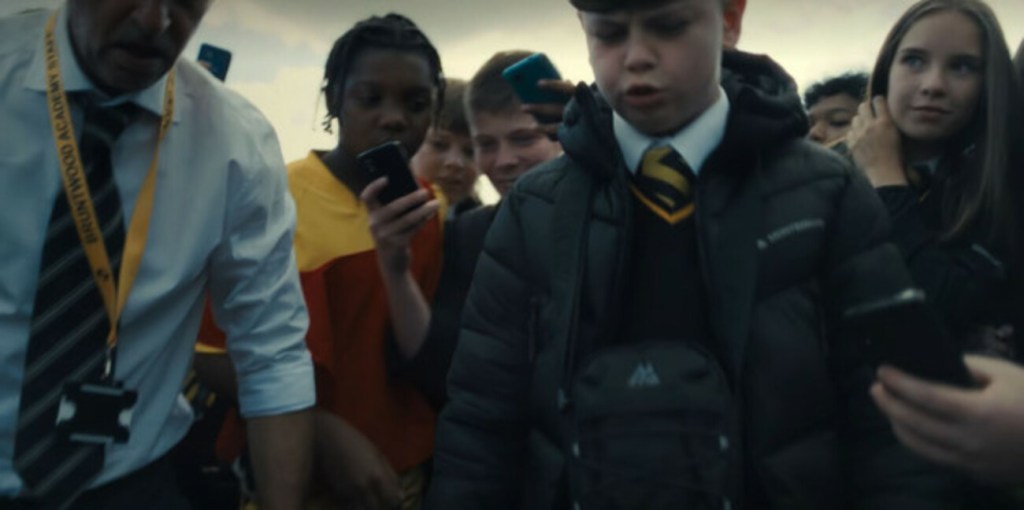I’ve spent a lot of time in schools -between attending plenty of school, working in schools K-12, and teaching graduate students. Also, I have a lot of friends and social media connections in education and higher education. Like many professionals, especially those working directly with patients in therapy, I’ve mostly kept my politics out of my professional public presence.
My game changer was Rumeysa Ozturk being swept off the sidewalk by government thugs. For me, it marked the difference between living under a wanna-be authoritarian regime and an actual authoritarian regime. People are being disappeared. (Here’s a United States Disappeared Tracker, made by data and public policy expert Danielle Harlow.) While there is no fine-line distinction between government and politics, I feel my concerns are more governmental than political. Some of the government’s main authoritarian efforts are directly impacting my professional community. Not talking about it doesn’t seem like an option to me.
As I look at professional conversations online, especially toward empowered individuals in higher education, I don’t see much talk about the government’s authoritarian efforts. This is disheartening. I must be looking toward academic elites for the same reason the Trump administration seeks to compromise them – because they have status and power in our culture. Their choices set an example for other institutions, organizations, and individuals.
To the lack of vigorous protest from academic elites: On one hand, I’m happy to see that we are not all abandoning our posts, so to speak. Academics are still posting about their areas of specialty. This is one element of a healthy response. We have to keep doing the things we do well – we have to maintain them. It keeps us grounded. Our knowledge and skill are the nuts and bolts that hold the structure and purpose of academia together. Otherwise, we are prone to becoming just another gust of wind in a chaotic storm, just another reaction for someone else to react to.
We also need to speak up loud and clear for fundamental, constitutional rights, and in defense of academic employees, especially students!
It is going to be a tough four years. Take a moment to accept that. Let it sink in. Yes, it’s awful. But it’s also finite. And as Trump increasingly talks seriously about a third term, keeping it to four rough years depends on us standing up together.
On top of students being abducted, professors are losing their jobs. More will lose their jobs. We will have to take care of each other, and find our way through it. The alternative is complicity in undermining and degrading our institutions, our students, this nation, and ourselves.
The Trump administration’s playbook is to invite you down the road of degradation with the most inviting baby-steps, which they will try to frame as reasonable. But once you start down that path, it becomes increasingly difficult to turn around.
The degrading challenge sounds like this to me:
I hear you value democracy, free thinking, internationalism, diversity, equity, inclusion, and the free exchange of ideas? How nice. People think we are so different! But I know better, we have so much in common. The important stuff. You and I… we have status and wealth. That’s the real team we are on. -The rich, the important, the successful. And, with the power of the US government, when I force you to choose between your democratic principles or staying with our team, on the side of status and wealth – I know you, and I know what you will choose.
And the degradation begins.
I support anyone who wants to speak up and act up in support of any of our brothers and sisters who have been abducted, assaulted, and disappeared. For me, it makes sense to respond locally. I am speaking up for Rumeysa Ozturk, the Tufts University child study and human development doctoral student abducted by government thugs for contributing to a thoughtful opinion piece published in the university newspaper.
Furthermore, speaking of degradation, the Trump administration is using the genocide of Palestinians to degrade all Americans. That is part of the reason they are choosing this wedge issue to attack University campuses. -To stoke division, confusion, and distress. If we won’t speak up clearly against the murder, displacement, and starvation of Palestinians – the death toll now greater than 50,000 – they will know they have degraded us sufficiently to not speak up for anyone.




